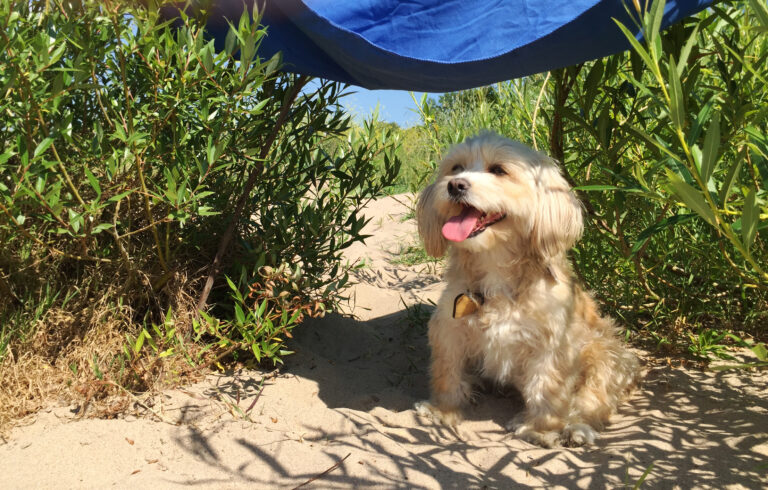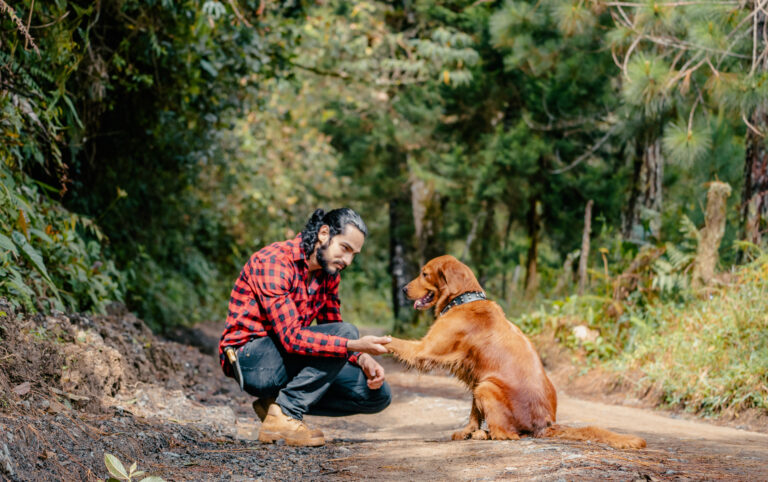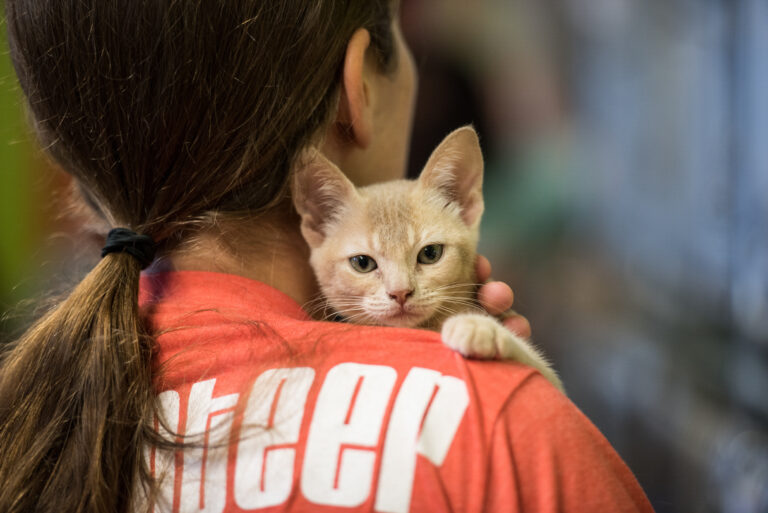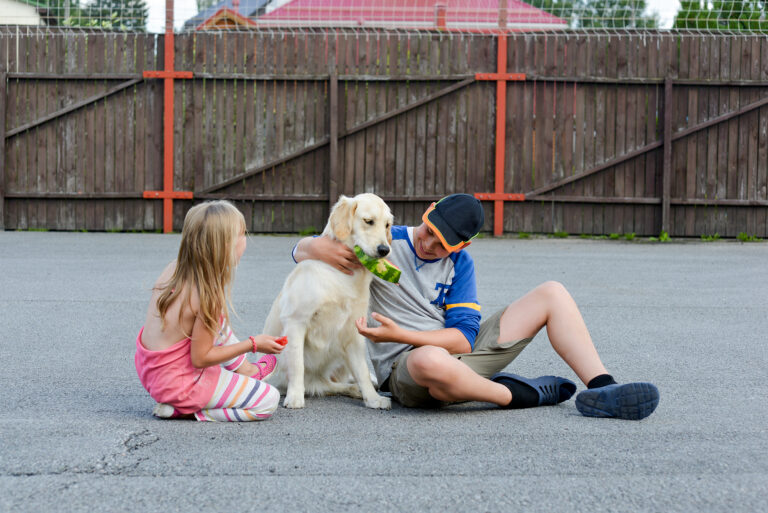Taking your dog out to public spaces—whether it’s the park, a pet-friendly store, or a bustling street—can be an enjoyable experience. However, for some dogs, these environments can trigger anxiety, nervousness, or overstimulation. A lack of early socialization or negative past experiences often leads to shy, reactive, or fearful behavior in public settings.
Helping your dog become more confident in public spaces is crucial not just for your convenience but also for their overall well-being. Confident dogs are typically happier, better-behaved, and safer in various social situations.
Here’s how you can gradually build your dog’s public confidence through positive, controlled socialization techniques.
Table of Contents
Why Public Socialization is Important
Socialization refers to exposing your dog to a variety of experiences, including:
- Meeting new people
- Encountering other dogs
- Navigating new environments
- Hearing unfamiliar sounds and sights
Without proper socialization, dogs may become fearful, reactive, or overwhelmed, leading to behavioral problems such as:
- Barking or lunging at strangers or other dogs
- Cowering or pulling away from stimuli
- Refusing to walk or explore
- Aggressive or defensive behavior
A well-socialized dog is more adaptable, calm, and focused, making outings more enjoyable for both you and your pup.
Signs Your Dog Lacks Confidence in Public
Before starting socialization training, recognize the signs of anxiety or discomfort:
- Tucked tail or low body posture
- Excessive panting or drooling
- Whining, growling, or barking
- Avoiding eye contact
- Attempting to hide, pull away, or freeze
Identifying these signs early allows you to adjust your approach to prevent overwhelming your dog.
Steps to Help Your Dog Be More Confident in Public Spaces
Start Slow and Choose Quiet Locations
Begin with calm, low-traffic environments to avoid overwhelming your dog. A quiet park, empty street, or secluded trail is ideal for the initial stages.
- Let your dog explore at their own pace without forcing interactions.
- Keep sessions short (10-15 minutes) to avoid overstimulation.
- Gradually increase the level of activity and noise as they become more comfortable.
Patience is key—confidence builds over time, not overnight.
Use High-Value Rewards
Positive reinforcement encourages your dog to associate public spaces with good experiences.
- Carry high-value treats or favorite toys during outings.
- Reward calm behavior, curious exploration, and successful interactions.
- Avoid punishment or scolding, as it can increase anxiety.
Reinforce every positive step, no matter how small—whether it’s calmly passing a stranger or investigating a new smell.
Practice Basic Commands in Public
Training obedience skills like “sit,” “stay,” “leave it,” and “heel” in a public setting helps redirect your dog’s focus away from distractions and onto you.
- Begin practicing these commands in quiet public areas.
- Gradually add distractions like other dogs, people, or noises.
- Reward compliance immediately to reinforce positive behavior.
A strong command-response bond boosts your dog’s confidence and gives you better control in unpredictable situations.
Gradually Introduce Other Dogs and People
Meeting other dogs and people is a significant part of socialization, but it should be done carefully.
- Arrange controlled meetups with calm, friendly dogs you trust.
- Keep both dogs on a loose leash, allowing space and freedom to approach naturally.
- Monitor body language—avoid forcing interactions if your dog appears uncomfortable.
Similarly, introduce your dog to people of varying appearances, ages, and energy levels. Reward positive, calm responses and give your dog time to adjust.
Provide a Safe Space
Bring familiar items like your dog’s favorite blanket, toy, or portable crate when visiting public places. These items create a sense of security.
- Allow your dog to retreat to a quiet spot or crate if they feel overwhelmed.
- Respect their need for breaks and downtime.
Creating safe spaces builds trust and allows your dog to decompress.
Incorporate Desensitization Techniques
Gradual desensitization helps your dog adjust to specific triggers:
- Play recordings of crowd noise, traffic sounds, or barking at low volumes during mealtime or play.
- Slowly increase volume over time while rewarding calm behavior.
- Pairing positive activities with the sounds builds a neutral or positive association.
Be Consistent and Patient
Frequent, consistent exposure is key to building confidence. Aim for short, daily sessions rather than infrequent, lengthy outings.
Every dog progresses at their own pace—celebrate small victories and avoid rushing. Consistency, positive reinforcement, and patience are essential for lasting success.
When to Seek Professional Help
If your dog’s anxiety persists or escalates despite your efforts, consult a certified dog trainer or behaviorist. They can assess specific triggers and design a customized desensitization and behavior modification plan.
In Conclusion
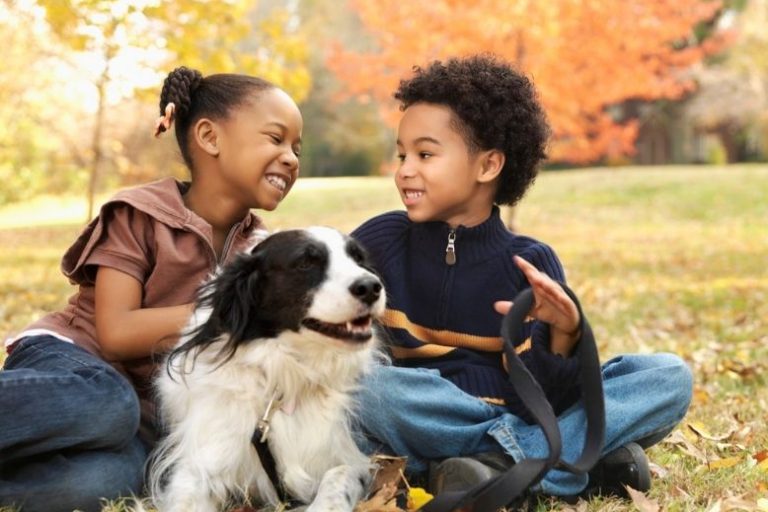
Helping your dog feel confident in public spaces is a gradual process that requires patience, positive reinforcement, and controlled exposure. By starting slow, rewarding calm behavior, and consistently practicing basic obedience skills, you’ll lay the foundation for a well-adjusted, happy dog who can enjoy the world around them without fear or anxiety.
With time, dedication, and understanding, your dog will gain the confidence needed to thrive in any environment.


